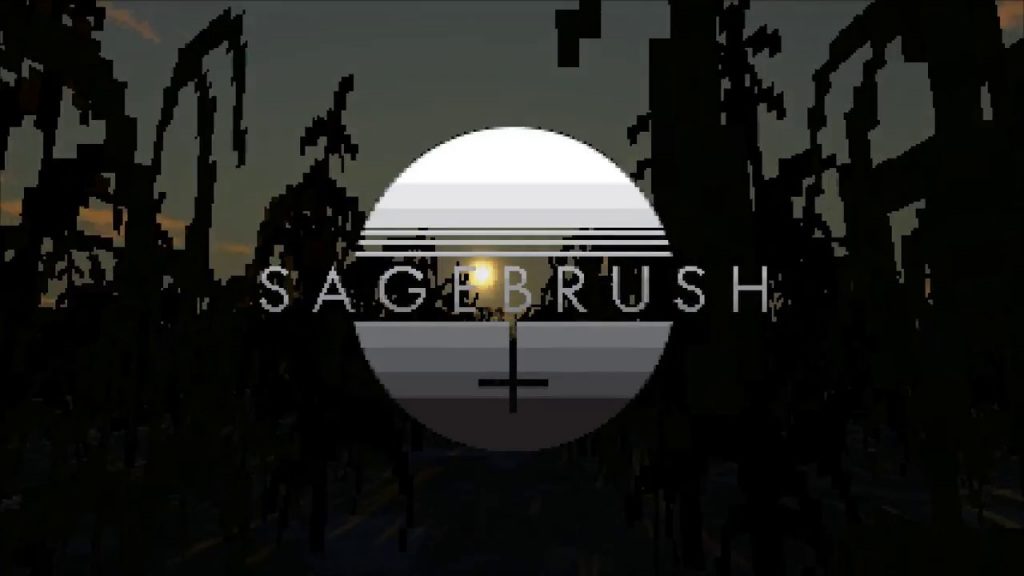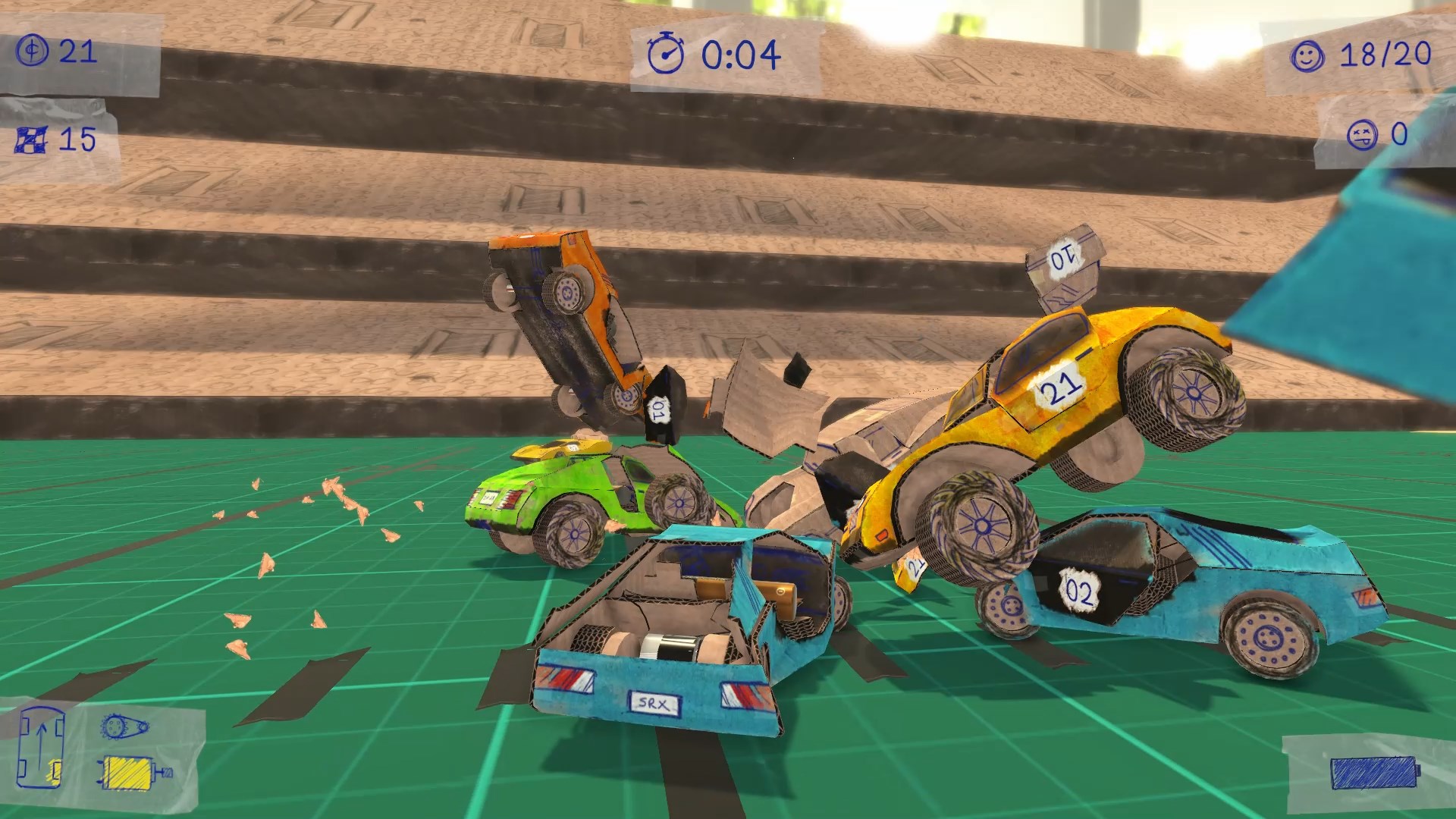36 Fragments of Midnight Review – Short Procedural Boredom
36 Fragments of Midnight proves that procedural generation doesn’t necessarily benefit some games. The FingerGuns Review;
Procedural Generation, the process in which games randomly generate game content through a series of predefined calculations, has seeped its way into a huge number games in some shape or form these days. We’ve had entire universes generated from equations and algorithms in No Man’s Sky and almost every game comes with the strap line “never play the same way twice” or “different for every player”. Procedural generation is central to “36 Fragments of Midnight” but aptly demonstrates why purposeful design often trumps random generation.
In 36 Fragments of Midnight, you play as Midnight, a glowing box with eyes. At the start of every game, you’re asked by a bunch of scary looking silhouettes (that look kind of like Tribbles from Star Trek) to find lost star fragments that they seem to have misplaced. Why is Midnight a box? Who are these menacing furry animals that have lost 36 important things? None of this is explained but off you trot regardless.

36 Fragments of Midnight is a platformer in which you have to explore the environment to find (yes, you guessed it) 36 fragments and then return to the start location. To do so, you’ll need to jump, double jump and move around these levels avoiding lasers, spinning saw blades and spikes. The twist? If you die, your progress is reset, you return to the start and everything is jumbled up again through procedural generation.
The issue here is that there isn’t enough content to make the procedural generation worthwhile. The fragments are all contained within specific areas that are always the same but come in a different order due to the randomisation. There are only around 10 different obstacle “set up’s” to overcome and once you’ve figured out how to beat them once, they become a doddle, regardless of which order they come in. This means that the game itself isn’t very difficult and doesn’t offer much replayability. I managed to collect all 36 fragments within 10 minutes and on my 3rd run. It hadn’t even kept me entertained for the distance between 2 bus stops.

Elsewhere, the visual art style is dark, bland and thoroughly uninteresting and the game has a virtually non-existent sound track that’s made up of some atmospheric wind noise and the occasional piano chord. There’s some other audio bits but it hardly builds up an atmosphere.
36 Fragments of Midnight is a tiny game for a small price (I paid £2.49 from the PSN Store) but even that feels expensive for what this game is. The claim of having “procedural generation” is as loose a use of that term as I’ve ever seen and the randomisation of the obstacle sets offers very little replayability. This game is sorely missing leaderboards or any real impetus to dive back in once you’ve completed it once.

36 Fragments of Midnight is available now on Nintendo Switch, PSVita (review version) and PC.
Developer: Ratalaika Games
Publisher: Petite Games
Disclaimer: We purchased a copy of 36 Fragments of Midnight in order to complete this review. For more information, please see our review policy.



